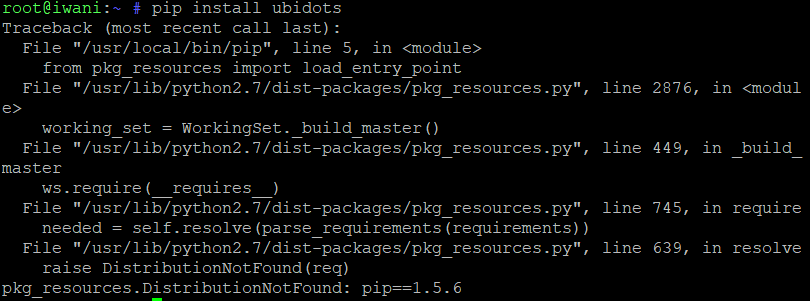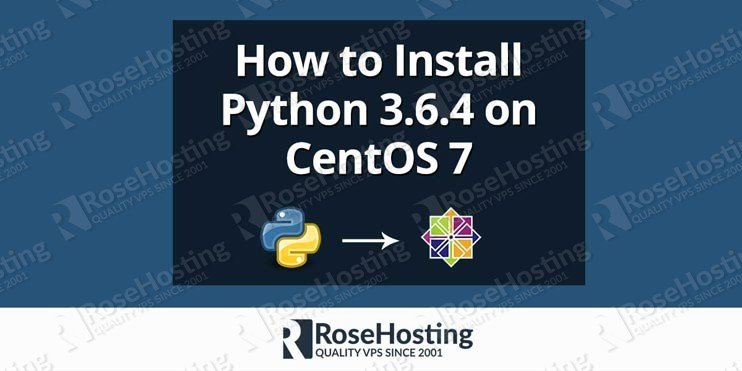


The version can be specified using up to three dot-separated integers (e.g. Defaults to a version derived from the running interpreter. The Python interpreter version to use for wheel and "Requires-Python" compatibility checks. Use this option multiple times to specify multiple platforms supported by the target interpreter. Defaults to the platform of the running system. Use -upgrade to replace existing packages in with new versions. By default this will not replace existing files/folders in. Can be used in combination with -ignore-installed to 'resolve' the requirements. dry-runĭon't actually install anything, just print what would be. setuptools "develop mode") from a local project path or a VCS url. By default, pip only finds stable versions. Include pre-release and development versions. no-depsĭon't install package dependencies. c, -constraint Ĭonstrain versions using the given constraints file.

Install from the given requirements file. Pip also supports installing from "requirements files", which provide an easy way to specify a whole environment to be installed.
PyPI (and other indexes) using requirement specifiers. Install the local package in the current directory in develop (editable) mode: pip install -editable. whl): pip install -find-links url|path/to/file Install packages from an URL or local file archive (.tar.gz |. Install packages listed in a file: pip install -requirement path/to/requirements.txt. Install a specific version of a package: pip install package_name= package_version. Install a package: pip install package_name. Rooms, and mailing lists is expected to follow the PSF Code of Conduct.Description of pip install command Examples (TL DR) If you want to get involved head over to GitHub to get the source code, look at our development documentation and feel free to jump on the developer mailing lists and chat rooms:Įveryone interacting in the pip project's codebases, issue trackers, chat If you find bugs, need help, or want to talk to the developers, please use our mailing lists or chat rooms: Note: pip 21.0, in January 2021, removed Python 2 support, per pip's Python 2 support policy. We want your input, so sign up for our user experience research studies to help us do it right. In pip 20.3, we've made a big improvement to the heart of pip learn more. We release updates regularly, with a new version every 3 months. Please take a look at our documentation for how to install and use pip: 
You can use pip to install packages from the Python Package Index and other indexes.








 0 kommentar(er)
0 kommentar(er)
